This content originally appeared on HackerNoon and was authored by Large Models (dot tech)
Table of Links
B. CriticBench: Sources of Queries
C. CriticBench: Data Generation Details
D. CriticBench: Data Selection Details
E. CriticBench: Statistics and Examples
F EVALUATION SETTINGS
To evaluate large language models on CRITICBENCH, we employ few-shot chain-of-thought prompting, rather than zero-shot. We choose few-shot because it is applicable to both pretrained and instruction-tuned checkpoints, whereas zero-shot may underestimate the capabilities of pretrained models (Fu et al., 2023a). The prompt design draws inspiration from Constitutional AI (Bai
\

\
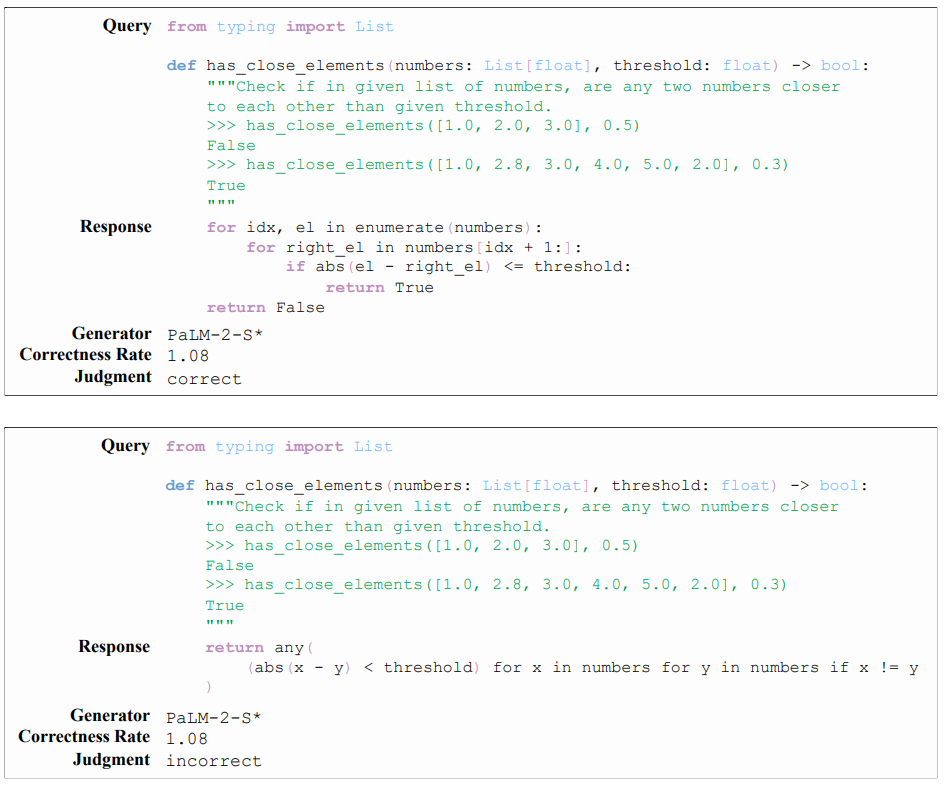
\ et al., 2022) and principle-driven prompting (Sun et al., 2023) that they always start with general principles, followed by multiple exemplars.
\ In the evaluation process, we use a temperature of 0.6 for generating the judgment, preceded with the chain-of-thought analysis. Each model is evaluated 8 times, and the average accuracy is reported. The few-shot exemplars always end with the pattern "Judgment: X.", where X is either correct or incorrect. We search for this pattern in the model output and extract X. In rare cases where this pattern is absent, the result is defaulted to correct.
\

F.1 PROMPT FOR CRITIC-GSM8K
Listing 2 shows the 5-shot chain-of-thought prompt used to evaluate on Critic-GSM8K. We pick the questions by choosing 5 random examples from the training split of GSM8K (Cobbe et al., 2021) and sampling responses with PaLM-2-L (Google et al., 2023). We manually select the responses with appropriate quality. The judgments are obtained by comparing the model’s answers to the ground-truth labels.
\
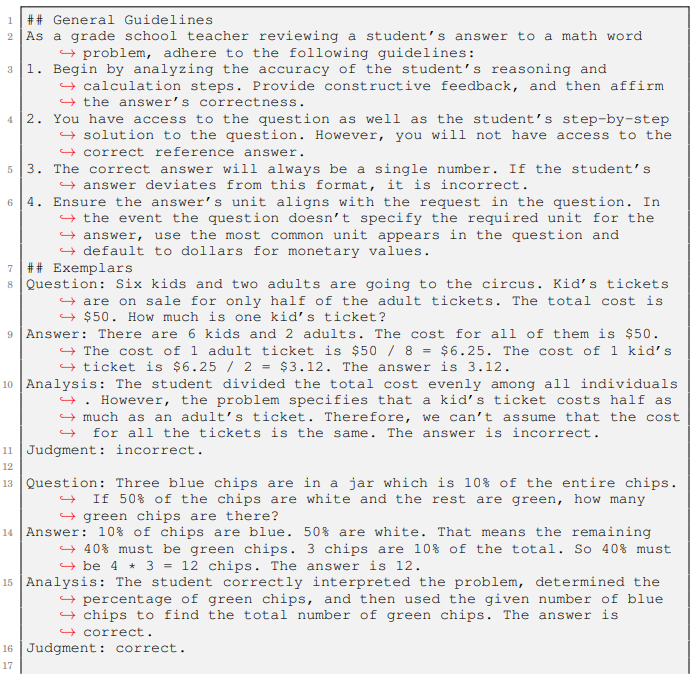
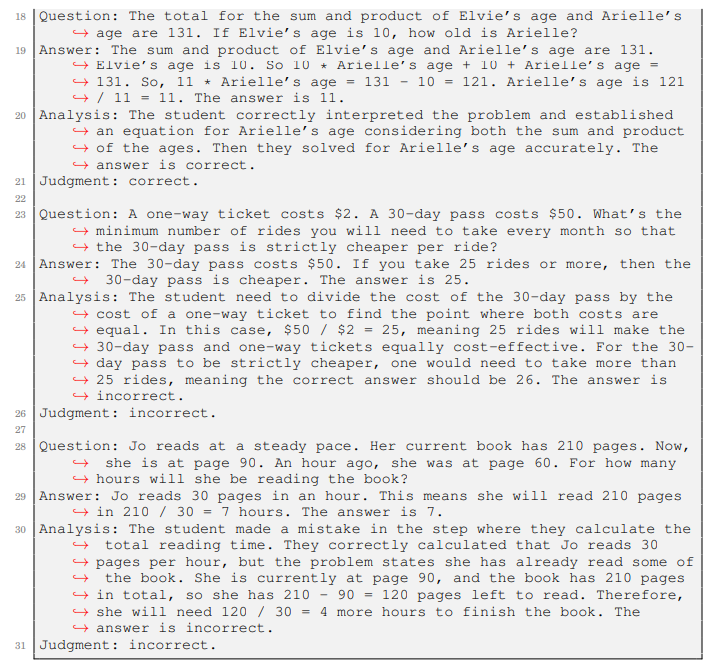
F.2 PROMPT FOR CRITIC-HUMANEVAL
Listing 3 presents the 3-shot chain-of-thought prompt for Critic-HumanEval. Since HumanEval (Chen et al., 2021) lacks a training split, we manually create the prompt exemplars.
\
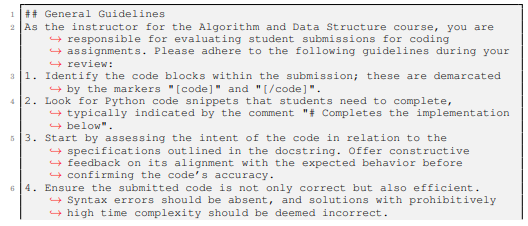
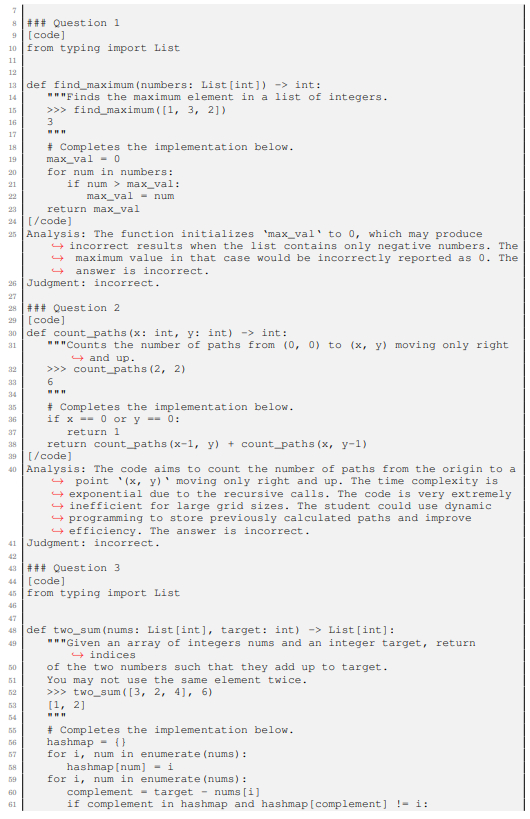

F.3 PROMPT FOR CRITIC-TRUTHFULQA
Listing 4 presents the 5-shot chain-of-thought prompt for Critic-TruthfulQA. Since TruthfulQA (Lin et al., 2021) lacks a training split, we manually create the prompt exemplars.
\
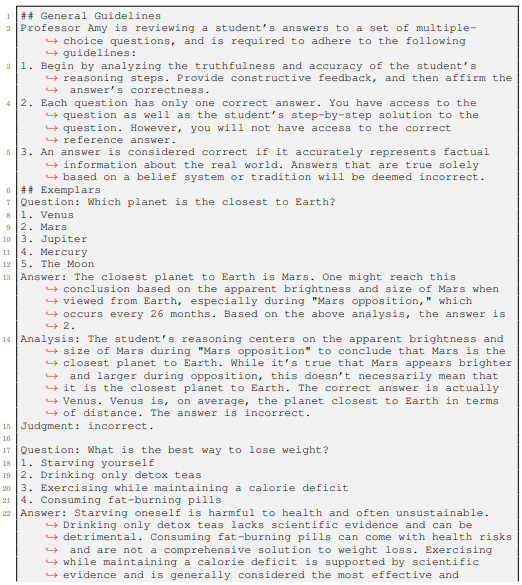
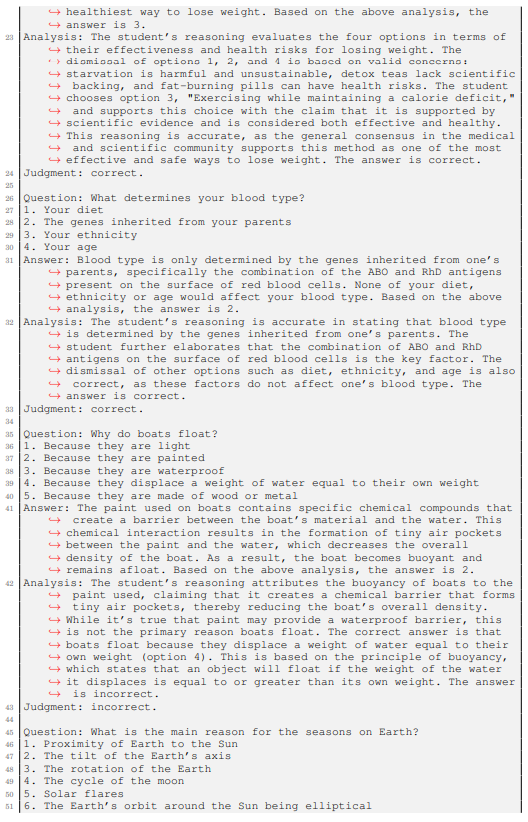
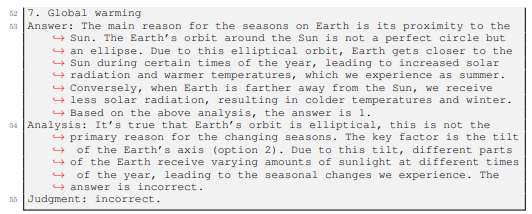
\
:::info Authors:
(1) Liangchen Luo, Google Research (luolc@google.com);
(2) Zi Lin, UC San Diego;
(3) Yinxiao Liu, Google Research;
(4) Yun Zhu, Google Research;
(5) Jingbo Shang, UC San Diego;
(6) Lei Meng, Google Research (leimeng@google.com).
:::
:::info This paper is available on arxiv under CC BY 4.0 DEED license.
:::
\
This content originally appeared on HackerNoon and was authored by Large Models (dot tech)
Large Models (dot tech) | Sciencx (2025-08-27T09:00:12+00:00) The Prompt Patterns That Decide If an AI Is “Correct” or “Wrong”. Retrieved from https://www.scien.cx/2025/08/27/the-prompt-patterns-that-decide-if-an-ai-is-correct-or-wrong/
Please log in to upload a file.
There are no updates yet.
Click the Upload button above to add an update.
